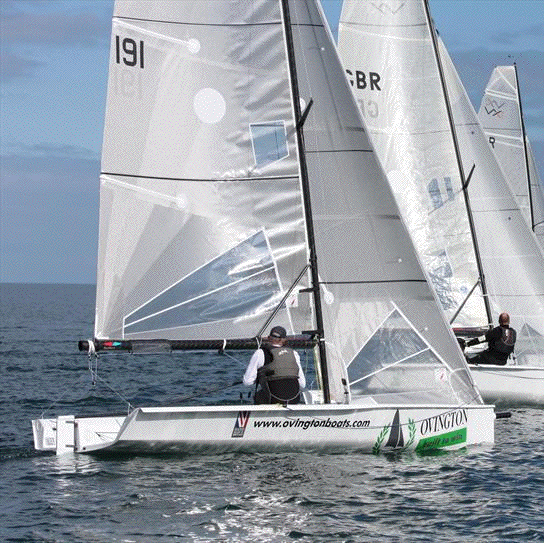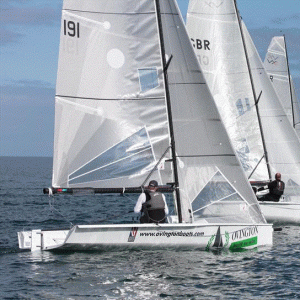

Most sailors know that modern sails perform much like an aeroplane wing and that’s the way sails work to windward.
Because of the way that a sail is curved, and because of the angle of attack when trimmed properly, the air passing over the leeward side speeds up in comparison to the air passing over the windward side.
It is the difference in pressure that creates force on the sail and enables a boat to sail close to the direction of the wind.
Sail Shape Tips –
- Camber or draught provides power but can also result in excess heel. A 15% draft depth is considered fairly full for a mainsail and a 10% draft is fairly shallow.
- In extremely light conditions, the air has difficulty making sharp bends. You need to keep your sails a bit flatter so the air does not detach.
- Pulling the draft forward with luff tension can provide extra power in a chop; otherwise, it should be kept in its designed position which is 35 to 40 per cent in a jib and 45 to 50 per cent aft in the main.
- A little twist is necessary because the upper part of the mainsail is always sailing in a bit of a lift caused by the friction of air closer to the surface.
- In general, you have the right amount of twist with the top batten being parallel to the boom and the leech of the jib or genoa being parallel to the belly of the main.
Light-Air Sailing –
- Keep sails flat and the leech open. Use a moderate amount of outhaul and set the jib leads back a notch or two. You may even need a bit of mast bend if the upper pats of the main are a bit full.
- Resist the temptation to pinch because you risk killing any apparent wind that you have created.
- Resist the urge to strap the sails in tight and keep things loose, if in doubt let it out.
- Keep crew movement to a minimum.
- In a drifter move crew weight to leeward to reduce wetted surface friction and help the sails to belly out.
Moderate Air Sailing –
- Keep sails full and drawing with plenty of draft, especially in choppy conditions.
- Keep the boom towards the centreline with the top batten parallel and add some luff tension to each sail to counteract the draft moving aft.
- Fight the urge to strap your sails in tight which will create the illusion of power.
Heavy Air Sailing –
- Flatten the sails using the outhaul and backstay and move the jib lead aft. If you have a backstay, in puffy conditions, pull it on to depower and let it off in the lulls.
- Drop the traveller to dump power from the main and let the main sheet out as a last resort. Use your vang to control the upper leech and aid pointing.
- The helmsman and trimmers should continually communicate to keep the boat under control and balanced all the while maintaining maximum power in the sails.
- Don’t worry about a bit of a bubble in the main if it is not flogging as the air is still attached.
- Hike Hard.
#sailingtowin #sailing #sailtowin #yachtracing #sailingcoach #Sailboatrace


